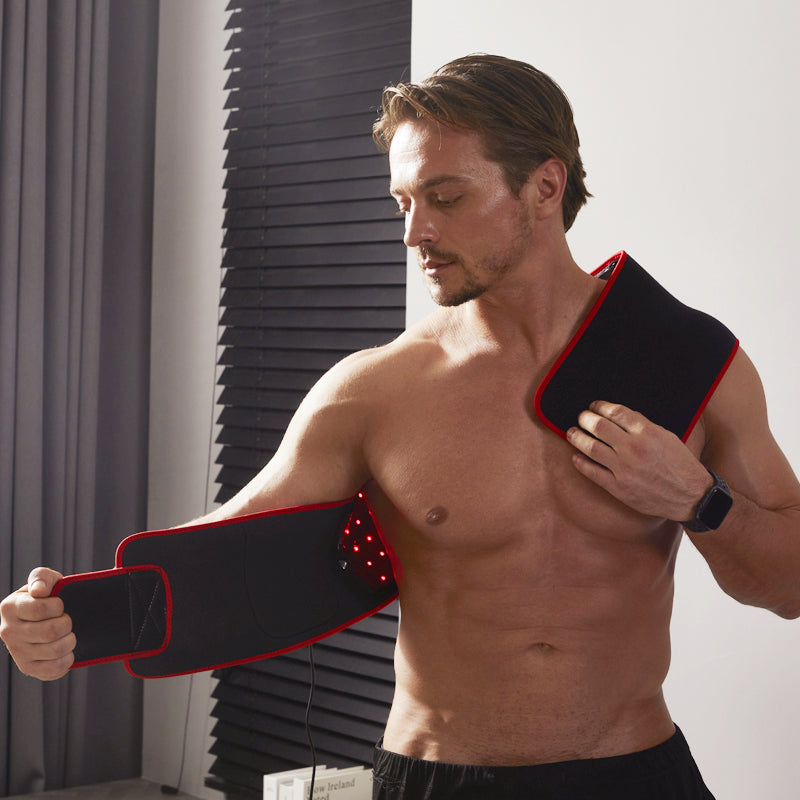Unlock Radiance: The Ultimate Guide to Choosing Your Perfect Red Light Therapy Device!
Red light therapy has emerged as a popular alternative treatment, gaining traction for its myriad health and beauty benefits. Whether it’s for rejuvenating the skin, alleviating pain, or enhancing overall wellness, many people are turning to this innovative therapy. However, with the growing number of devices on the market, selecting the right one can be overwhelming. This guide aims to simplify the process, helping you understand the fundamentals of red light therapy and the various devices available. We’ll explore how these devices work, what features to consider, and practical tips for usage, ensuring you find the perfect match for your needs.

Understanding Red Light Therapy
At its core, red light therapy utilizes specific wavelengths of light—typically ranging from 600 to 650 nanometers—to penetrate the skin and stimulate cellular processes. The science behind it lies in the way our cells absorb light, triggering a response that can enhance healing, reduce inflammation, and promote collagen production. This therapy is not just limited to skincare; its applications extend to pain relief for conditions such as arthritis and muscle strain, as well as promoting overall wellness by improving sleep and mood. Friends who have incorporated red light therapy into their routines often report noticeable improvements in skin texture and reduced chronic pain, highlighting its multifaceted benefits.
Types of Red Light Therapy Devices
When it comes to red light therapy devices, there’s a range of options to consider that cater to different needs. Handheld devices are portable and great for targeted treatments, making them perfect for treating localized areas like the face or joints. Full-body panels, on the other hand, are designed for comprehensive sessions, allowing users to expose large areas of their body to light simultaneously. Masks provide a unique solution for facial treatments, enveloping the entire face for an all-around skincare boost. Each type has its own advantages, so understanding your specific requirements—whether it’s convenience, coverage, or targeted treatment—will help guide your decision.
Key Features to Consider When Choosing a Device
Not all red light therapy devices are created equal; several key features can significantly impact their effectiveness. First, consider the wavelength: ensuring the device emits light within the optimal range for therapeutic benefits is crucial. Intensity is another important factor; higher intensity can lead to shorter treatment times and more effective results. Treatment size, or the area covered by the device, should align with your intended use. Finally, ease of use can enhance your experience—look for devices that are user-friendly and fit seamlessly into your routine. Friends who have invested in devices with adjustable settings often find greater satisfaction, as they can tailor their treatments to their specific needs.
Comparing Options: What to Look For
With numerous options available, comparing red light therapy devices can feel daunting. Start by assessing durability and construction quality, as a well-made device can withstand regular use. Safety certifications are non-negotiable; ensure any device you consider has been tested and meets safety standards. User reviews provide insight into real-world effectiveness and potential issues, while warranty options can offer peace of mind regarding your investment. Prioritize features based on your goals—if skin rejuvenation is your primary objective, then focusing on devices with specific wavelengths for that purpose is key. A friend of mine swears by checking reviews and certifications before making any purchase, and it has always served her well.
Tips for Effective Use of Red Light Therapy Devices
To maximize the benefits of red light therapy, it’s essential to use the devices effectively. Recommended treatment times often range from 10 to 20 minutes per session, depending on the device and the area being treated. Frequency of use can vary; many users find success with several sessions per week to start, tapering off as they see results. Safety precautions, such as avoiding eye exposure to bright light and consulting with a healthcare professional if you have existing conditions, are also important. Addressing misconceptions, it’s vital to understand that while results can be promising, they may take time, and consistency is key. Friends who have diligently followed treatment protocols often rave about their progress.
Final Thoughts on Choosing Red Light Therapy Devices
In conclusion, selecting the right red light therapy device requires careful consideration of your individual needs and preferences. By understanding the technology behind red light therapy, exploring the different types of devices available, and assessing key features, you can make an informed decision. Remember to compare options based on durability, safety, and user feedback, and follow best practices for effective usage. Take the time to reflect on your goals and do thorough research to ensure a satisfying purchase that enhances your health and beauty routine.
